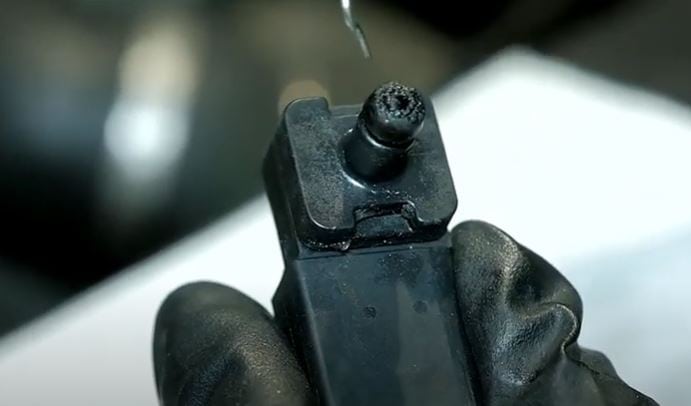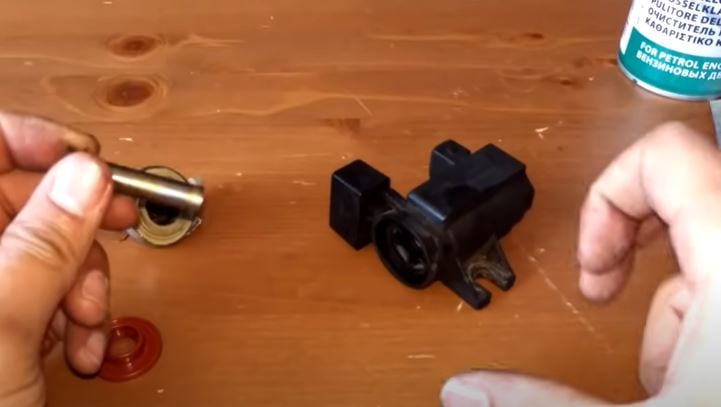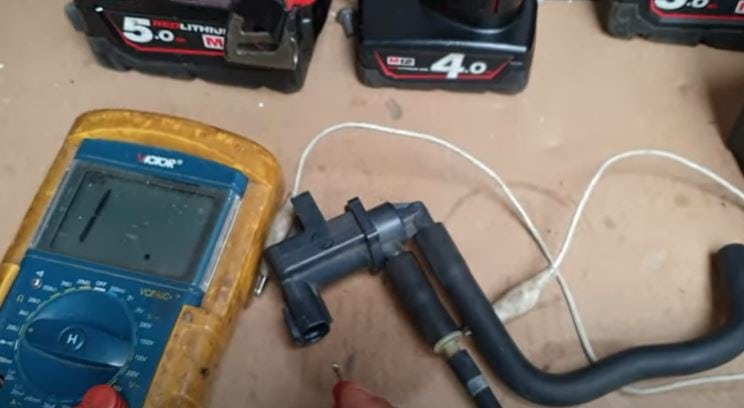How to Clean A Boost Control Solenoid
In a world full of supercharged cars, you are probably familiar with boost control systems in engines. However, these systems are monitored by an essential part called a boost controller. Thus taking care of this tiny equipment can sometimes be a hassle. So how to clean a boost control solenoid conveniently?
Well, It’s pretty simple. All you need to do is use good old brake fluid and methodically remove the pipe assembly with gentle prising. Spray off the inside of the pipe assembly with the spray cleaner. Disassemble the plunger from the solenoid. Use a silicone lube and sandpaper to clean it. Reassemble the apparatus, and you’re good to go.
Quite intriguing, isn’t it? Stick with this write-up for a detailed guide.
How Do I Know If My Boost Solenoid is Bad?
If your turbo vehicle isn’t giving the boost that it’s supposed to provide, then surely there is something wrong with it. This can be due to too much oil at the turbines and wastegate because the seal of the turbines may have gone bad.
But if the turbines and wastegate are working properly and yet you are still not receiving the required boost; then there might be something wrong with the solenoid itself. This can be due to leakage of air through one of the ports, or the solenoid might not be receiving the specified amount of voltage from the battery.
Hence checking the battery and keeping the air compressor pressure to no more than 6 psi might help.
What Can I Use to Clean My Boost Sensor?

Cleaning your boost sensor by yourself is an inexpensive process itself. All you need is a spray cleaner or your brake cleaner fluid along with sandpaper for scrubbing off the debris and dirt.
A good spray cleaner would only cost you around $9. This could also be used to clean brakes. The spray cleaner would remove the sticky grease and debris from the internals, preventing any further damage.
How Do You Clean A Boost Pressure Valve?

It can be quite difficult to look for the boost pressure valve, let alone clean it. However, to make the task less tedious for you, all the necessary steps have been elaborately mentioned below:
Step 1: Locate the Pressure Valve
Take the soundproofing cover off from the engine. Then locate the pressure valve, which should be somewhere near the center.
Step 2: Remove the Valve From the Manifold
Gently pull the pressure valve outwards from the intake manifold. And scrub off some of the dust using sandpaper. Make sure not to damage the inside of the pressure valve while scrubbing. So be gentle!
Step 3: Cleanse It with Brake Cleaner
Take the pressure valve to a sink and spray off the remaining grease and dirt using the brake cleaner. Still making sure not to damage the inside as it is quite delicate. Dry it off using absorbent paper, and it should be as good as new.
How to Clean Boost Control Solenoid?

Now let’s get to the purpose of this article. How do you clean a boost control solenoid? Well, by simply following these steps:
Step 1: Remove the Pipe Assembly
Use a creasing screwdriver and wheel off the pipe assembly from the solenoid. Spray off the inside of the pipe assembly. Do take your time to disassemble the pipe assembly and when spraying to remove the sticky grease on the inside.
Step 2: Disassemble the Plunger
Pull off the plunger using a screwdriver gently. Remove the rubber on the top of the plunger and then clean it using the brake spray. Then use a screwdriver to clean the inside of the plunger. Use sandpaper to scrub off the outside and then coat it with silicone lubricant.
Step 3: Clean the Mesh
Remove the clips around the top cover to get it off the solenoid. Spray on the mesh inside with the brake cleaner until the mesh is clean, and then dry it off with absorbent paper. Lastly, reassemble the parts carefully to make your solenoid look new again.
How Do You Clean A 3 Port Boost Solenoid?
Whether you are a supercharged race car driver or an enthusiast, you should be familiar with a 3 port boost solenoid. It’s responsible for a much more precise boost control and more efficient power delivery. But cleaning it can sometimes be quite problematic. Let’s learn how to clean a 3 port solenoid, shall we?
Step 1: Disassembling the Two Metal Ports
Gently wheel out the metal ports and check for corrosion. If there are signs of corrosion, then let them sit on vinegar and salt for a few minutes. Scrub off any debris using iron wool.
Step 2: Cleaning the Vent Port
As the vent port is responsible for the airflow out of the solenoid, it can accumulate quite a lot of dust. The dust could disrupt the functioning of the solenoid. Hence, cleaning it becomes necessary. Thus, it could be scrubbed off using sandpaper. However, this should be done gently to avoid tearing the filter. Use an air blower to remove the final bits of dirt.
Step 3: Reassemble and Test
Once the cleaning and drying are done, it’s time to bring the parts back to where it was before. Carefully insert the metal ports into the solenoid by wheeling them in. Make sure the vent port has no scratches from all the scrubbing it went through. Thus, test out the newly assembled solenoid using a turbo engine and a power supply.
How Do You Test A Boost Solenoid?

It’s always wise to test out your 2 port solenoid if you are not getting enough boost from your vehicle. Here are some tests that’ll surely help you:
Testing the Resistance
Testing the solenoid with a multimeter and matching the readings with the factory specification is one of the ways. The reading should be within the + 2 range of the specified value.
Check for Leakage
Use an air compressor of 6 psi maximum to blow air through one port and check whether the air leaks from another port.
Apply Voltage
Connect a battery of specified voltage to the solenoid connector. Then use the air compressor to blow air through one port and check the output bleeding from another port. If the output to the intake is strong, this ensures maximum boost.
Is the Cleaning Process for an Ignition Coil Similar to Cleaning a Boost Control Solenoid?
Yes, the cleaning process for an ignition coil is not similar to cleaning a boost control solenoid. Ignition coils require a different cleaning approach since they are responsible for creating the spark needed to ignite the fuel in the engine. Cleaning ignition coils should be done carefully and with specialized tools to ensure better performance.
Verdict
Keeping the boost control solenoid clean is an essential duty for every turbocharged car enthusiast. For a professional racer, it should be something almost as important as planning for their race. And sometimes, it does get quite heavy on the pocket when paying a mechanic to clean it.
Furthermore, the chances of breaking the delicate equipment are very high when done by someone who lacks proper guidance. If you’ve been reading this write-up from the beginning till now, you should be more confident about doing it yourself.
So, the next time, before taking your turbocharged vehicle to the tracks, make sure to clean your boost control solenoid properly. Because every precise delivery of boost from the turbo engines is the key to victory.

